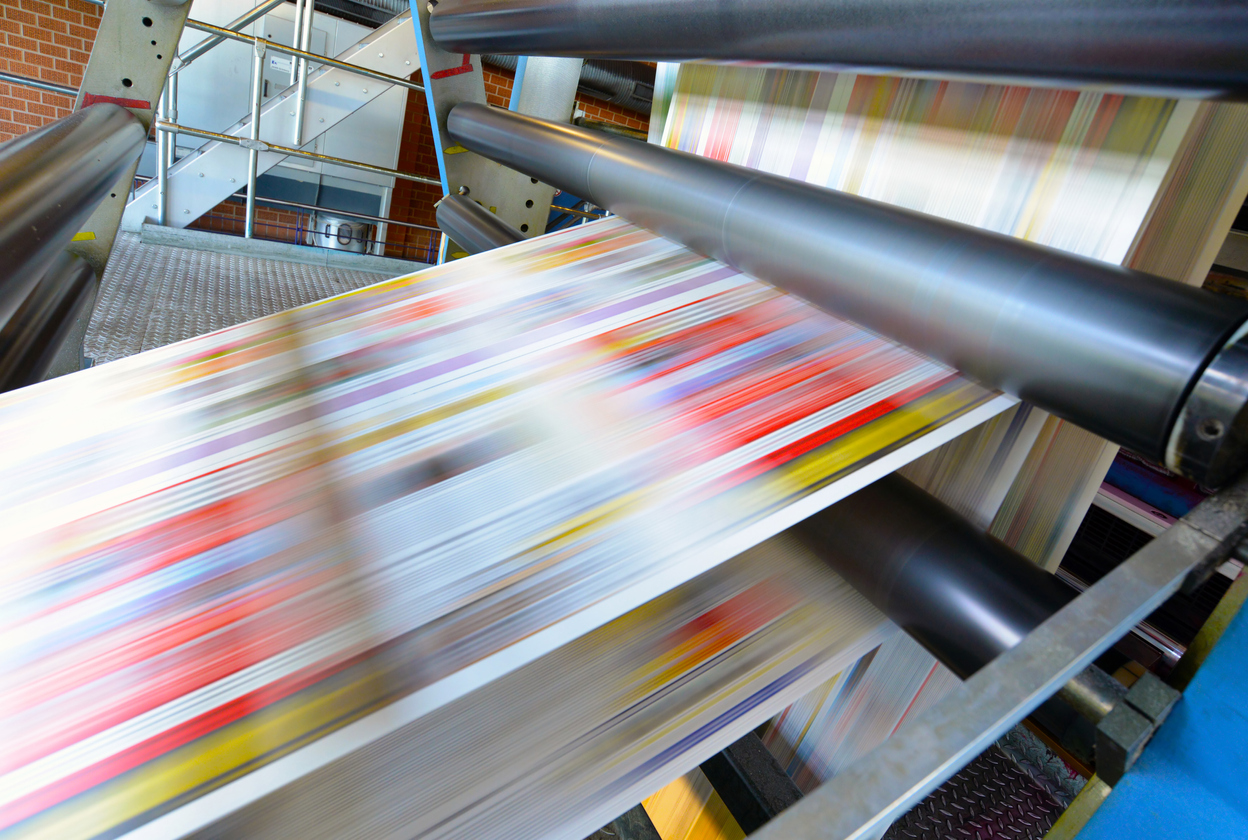DTG inks have been around for many years, and they are changing the game regarding printing technology.
Using DTG inks in your printing business has several pros and cons. In this blog post, we will explore these advantages and drawbacks so that you can make an informed decision about whether or not to use this technology.
Pros:
1. High-Quality Prints:
DTG inks offer exceptional quality compared to traditional screen-printing techniques. The accurate detail captured on the fabric makes it more desirable.
2. Quick Turnaround Time:
With DTG printing technology, you can have custom prints ready within hours instead of waiting weeks with screen-printing techniques.
3. Affordable Costs:
Generally speaking, DTG printers nowadays come equipped with bulk ink cartridges, significantly decreasing overhead expenses that can benefit both small shops and larger manufacturing units.
4. Environmentally Friendly Coloring Processes:
Compared to other dye methods used traditionally, DTG uses color variations with fewer chemicals, leading “certain brands” to feel better about their Environmental responsibility (reducing carbon footprint where possible).
Cons:
1. Limited Color Options:
Some printers only accept CMYK colors meaning only four-color shades are available, causing black tones to appear more muted, leading some customers to want a darker black shade.
2. High-Tech Maintenance Required:
Those proper pesky little extra steps are required when maintaining the technological proficiency of a tool. You need to make sure that your printer is undergoing regular maintenance.
3. Limited Fabric Surface Color Spectrum:
While grayscale and lighter contrasting shaded materials work like magic on almost all fabrics, certain textiles, like dark-colored garments, exist. But only a few color options can be incorporated into the garment.
Like any technology, DTG printing has advantages and challenges for print companies. When weighing out the pros and cons of using DTG inks within your company, here are some best practices to keep in mind:
1. Assess Your Client Needs:
Realize what projects you have on board and potential clients down the road - do they require high-quality prints? Are large numbers of shirts needed? Is cost a primary concern?
2. Check The Compatibility Setup:
Note that textiles or fabrics (& colors) might be an issue when utilizing this technologically advanced output tool.
So, if you are looking for the latest printing technology with quick results, excellent quality, and affordable costs, go for it! However, if you want full-color versatility without having calibration nightmares or underdeveloped testing capabilities, then be prepared to pay more up-front or undergo lessons on complicated machines filled with superb but challenging color compatibility adjustments.
In conclusion, DTG inks can add value to many types of businesses by offering fast turnaround time and high-quality imagery capability while being conscious of their environmental pledge impact minus long-wait times compared to traditional screen-printing options. This blog post has helped provide insights into whether or not using DTG printing would be suitable for your brand-type needs.
Admittedly, DTG printing could be better and more foolproof, but it is the latest trend in the modern industry, which shows excellent promise combined with patience and diligence. Remember that every technology has its advantages alongside tradeoffs - it's up to each company owner or manager to decide which tools will be most helpful in improving branding for a customer base of their choosing.
However, I recommend giving DTG inks a chance, as they can give your business an edge over the competition and help you emerge as an early adopter of the printing technologies of tomorrow. So, what are you still waiting for? Just order your DTG inks for your business and experience it getting transformed.











